The restaurant business is extremely rough. Some restaurants may fail for a variety of reasons like subpar food, below average customer service or inconvenient location; but sometimes the fix is just a matter of changing tastes and customer preferences. With the popularity of meal plans and meal kits increasing, it is becoming easier than ever to eat at home. Unfortunately, even longstanding restaurant chains aren't immune to change.
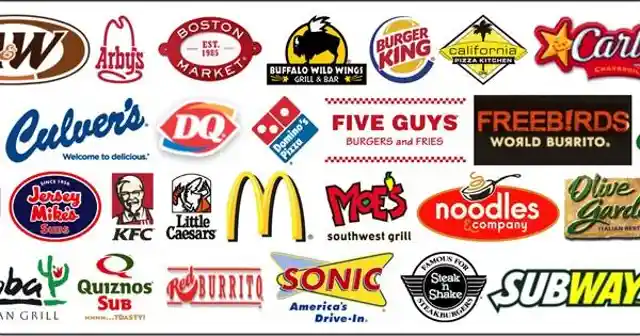
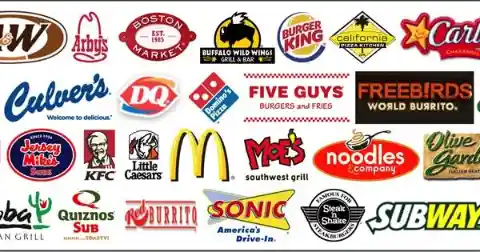
This year, restaurants, both old and new, are closing locations and have drastic plans. Is one of your favorite spots closing? Find out here!
By the end of 2018, Carl's Jr. closed its office in Anaheim, where Carl Karcher had deep roots, which was once the home of its corporate headquarters. Even though Carl's Jr.
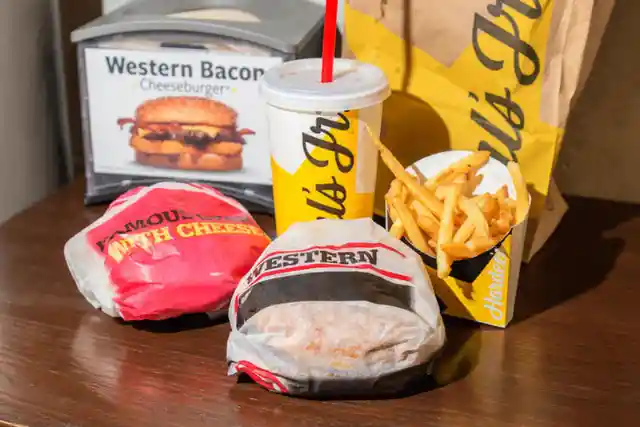
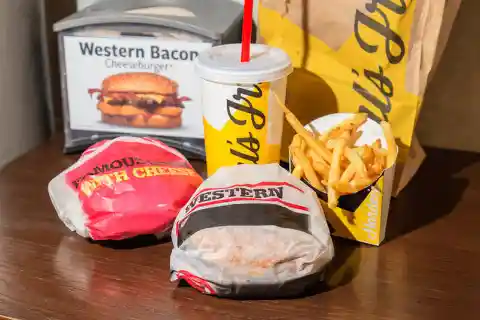
had been a California fixture for decades, the brand decided to consolidate their new offices around the location of their new headquarters in Tennessee. It isn't clear if this happened after sales fell in 2017 by 4.4% or if a lawsuit against the brand, alleging that former CEO Jason Marker discriminated against older employees, was the cause; but stores have been closing ever since and will continue into 2019.
This burger and milkshake eatery has closed over 30 locations throughout Missouri and Ohio. During this closure they are hoping to secure new franchisees to take over them to help with sales. Sales at the restaurant fell by 5.1% in 2018 which adds another year to their two consecutive loss streak.
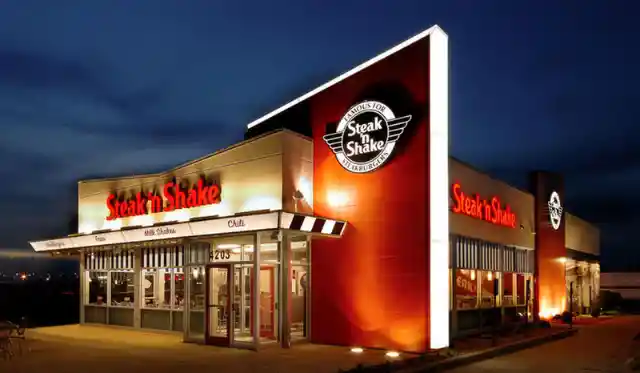
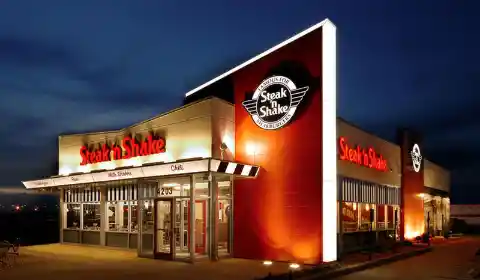
According to Fox 2 News, a St. Louis-based media outlet, employees were given little notice prior to layoffs.
The parent company that owns O'Charley's split into two seperate companies in 2018. Because the change hasn't been finalized, the restaurants future remains unclear. O'Charley's sales fell almost 3% in 2018 alone which prompted owners to announce they would be shifting their current organizational structure.
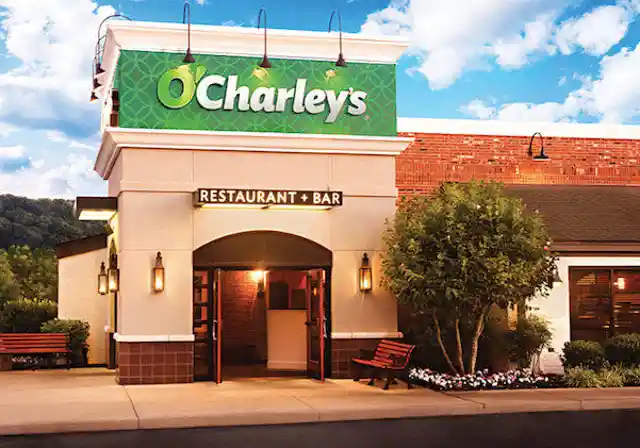
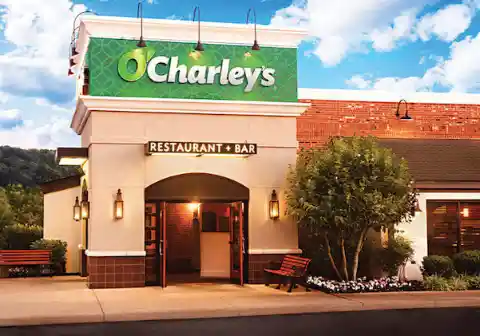
Their hopes are to get back to what they call a "growth profile," with the ultimate goal of selling the chain. Meanwhile, although employee morale stays high, locations continue to close.
While coffee fans might still hail the almighty Starbucks, the popular chain is not immune to market forces. During the summer of 2018, Starbucks said it would be shutting down 150 locations during 2019 as part of its “optimization” process of its U.S. store portfolio.
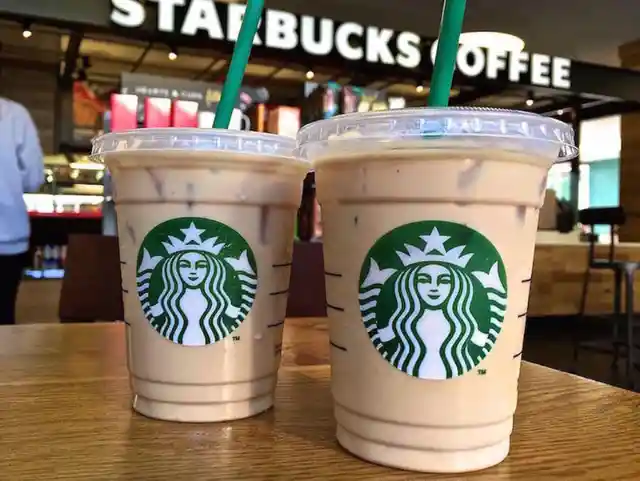

The company announcement explained the closed stores would affect “underperforming company-operated stores in its most densely penetrated markets.” Starbucks has plans to open stores in markets that are under-served and slow down the growth of their current licensed stores. So although there will be some closures, don’t worry — the result won't be your favorite coffee chain disappearing.
In 2018, Quiznos was bought by a California investment firm that backs a brand new company called Rego Restaurant Group. Ten years prior to that, the sub chain has been on a steady decline, from having 4,700 locations to fewer than 400.
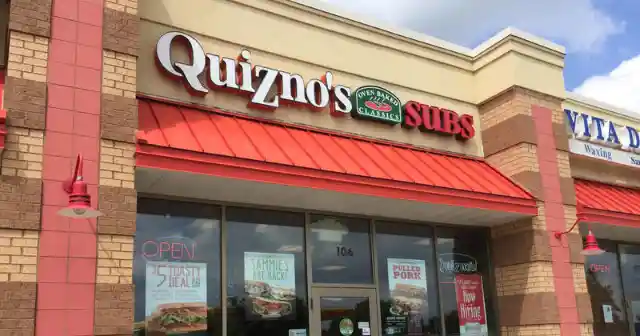
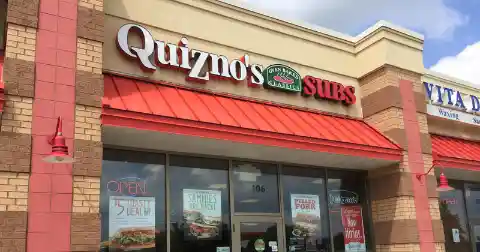
Although the new owner has hopes to resurrect the brand, their future is uncertain. On one hand, the new owners have worked to do the same for other once-popular brands, but on the other, locations continue to close around the nation.
Fuddruckers still has some diehard fans, but unfortunately, the hamburger joint has been declining in sales in recent years. Sales dipped 11.2% in the first quarter of 2019, and another 5.3% during the second.
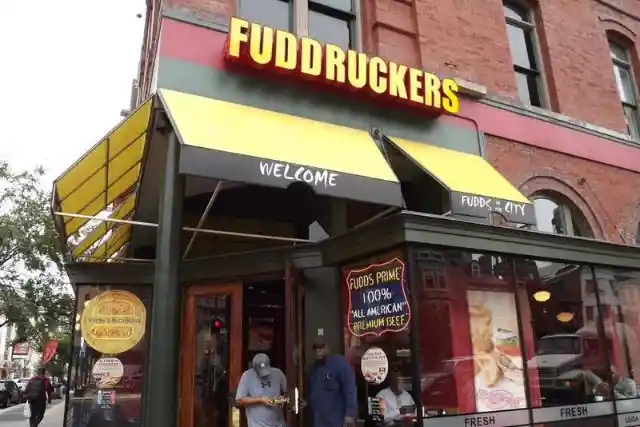
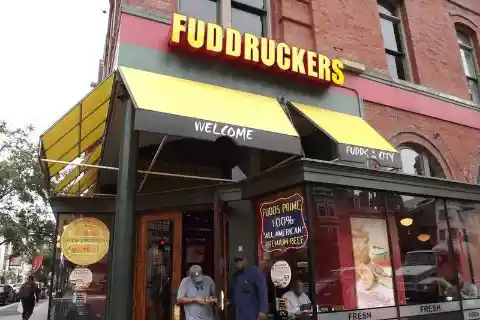
So far, Fuddrucker’s parent company has closed a multitude of locations including six during second quarter alone. Whether or not they will shut down more remains to be seen.
Since 2016, HomeTown Buffet's parent company filed for bankruptcy for the third time so if this is one of your favorite spots, get seconds while you still can.
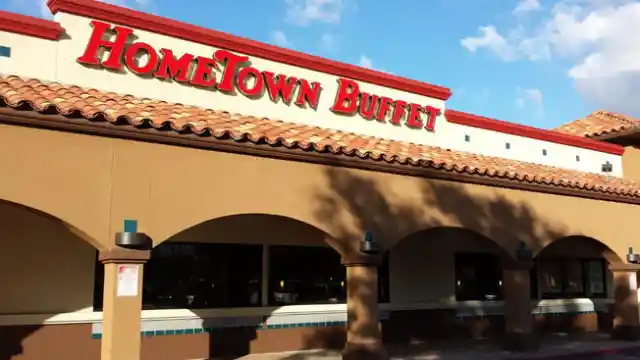
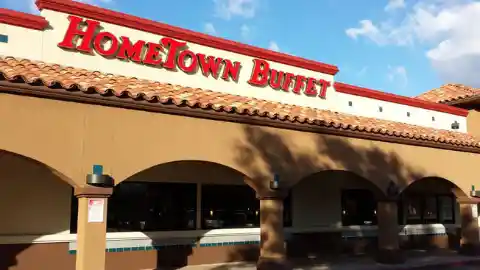
Since then, locations continue to close around the country, including all the restaurants in Connecticut.
In 2011, Pizza Rev gave us answers when we had questions. How do you make a quality pizza quickly enough to eat on your lunch break? This make-your-own pizza restaurant rapidly expanded throughout the continental U.S.
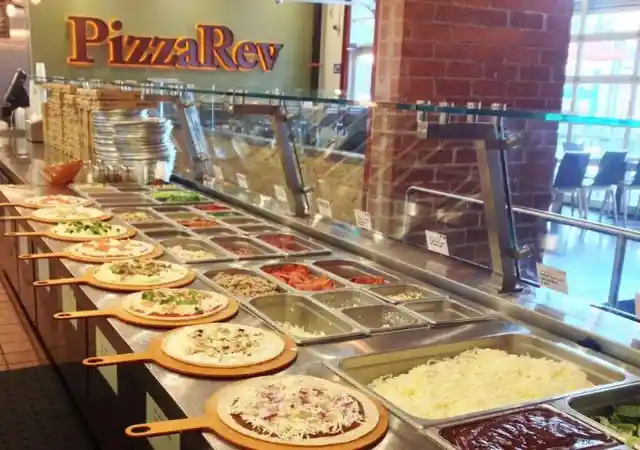
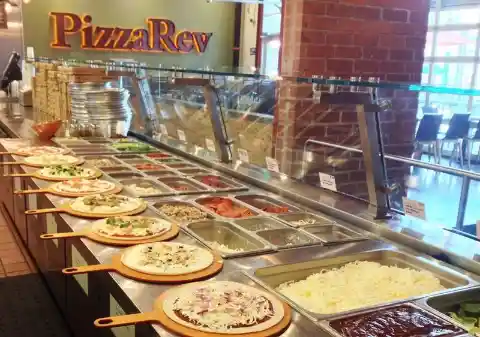
Unfortunately, in 2019, locations began to close including 3 in Memphis. The company called it “unforeseen circumstances”— leaving customers and employees in the lurch.
The International House of Pancakes first opened its doors in 1958 and has been the spot for all things breakfast for decades. But sales have declined at the chain for years even after the cringe worthy IHOb publicity stunt in 2018 when they said they were changing their name to International House of Burgers. Since then, IHOP has shut down dozens of locations.
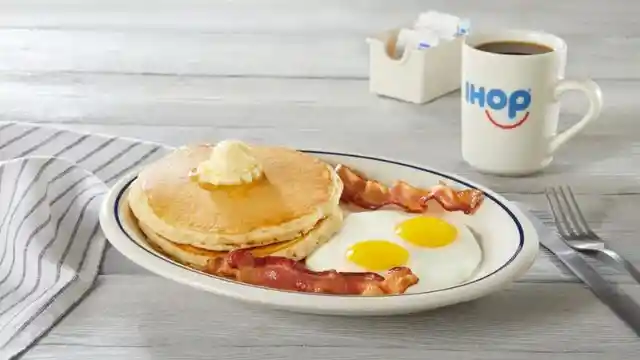
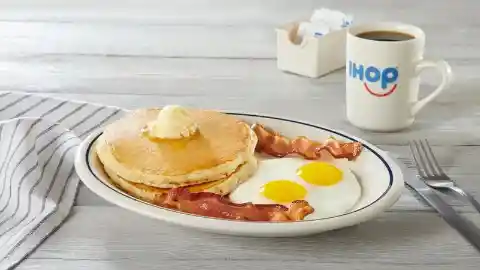
While some stores shut abruptly, the restaurant chain still experienced a small net growth in 2018. According to reports, IHOP has plans to enter the breakfast delivery market and hopes to expand a smaller version of their full sized restaurant into rural and urban areas. So although they have taken a hit, don’t count the chain out yet!
Johnny Carino's has seen better days. Some eateries have a feline "door greeter" walking through the country Italian-themed restaurant, but it's just not enough as Instagram poster @findinggrace365, shows us.
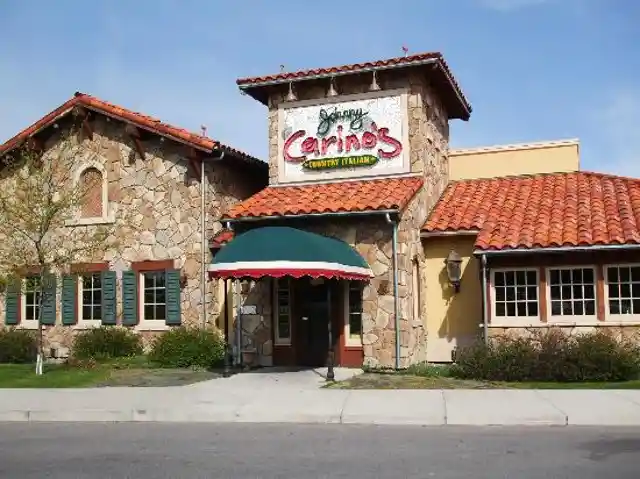
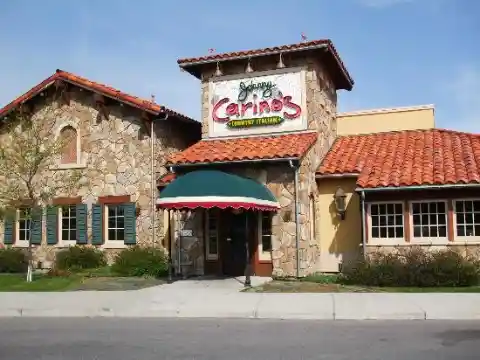
According to the chain’s owner, they've had to file bankruptcy for the second time in 2016 as several stores continue to shut down.
PDQ or “People Dedicated to Quality,” is a "happy place" for many @pdqfreshfood's posts on their Instagram account. Since they opened their first location in 2011 in Tampa, Florida, the chain has expanded across the country. But despite the growth, in April 2019, the restaurant shut down all of its Oklahoma locations.
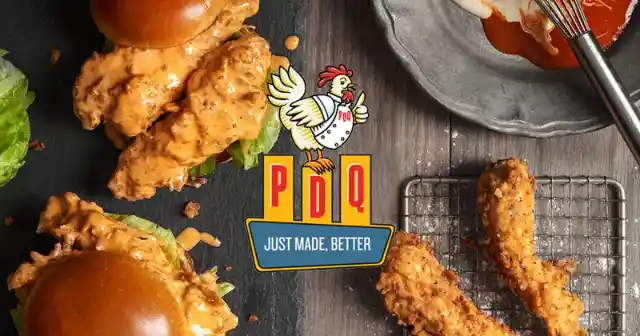

They didn't give much reason why except for, simply putting it, doing so was in the best interest of the brand. On the upside, there has been no mention of closing other locations.
Once considered the healthy alternative to fries and a coke, Subway restaurants have been declining. In 2018 alone, the company closed over 1,000 locations in the U.S.
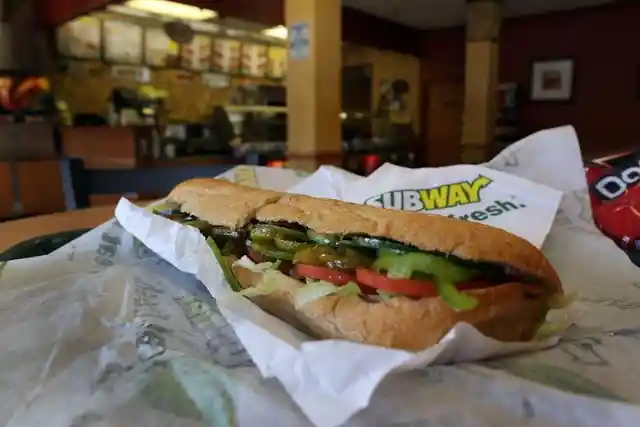
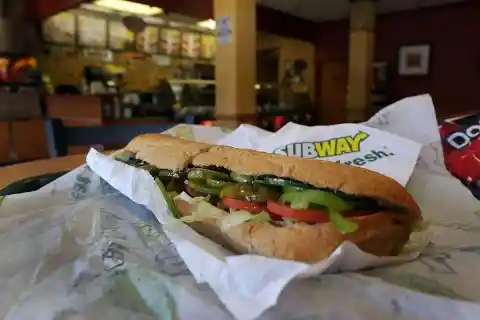
More closures could be around the corner in 2019. Subway told Skift Table that it had plans to close, remodel, or even relocate restaurants in a bid to create “fewer, but more profitable, restaurants.”
Papa Murphy’s restaurants were bought out in a merger by Canadian company called MTY Food Group, Inc. Although it remains to be the largest take-and-bake pizza brand and the fifth largest pizza chain in the United States, Papa Murphy’s closed 97 locations in 2018.
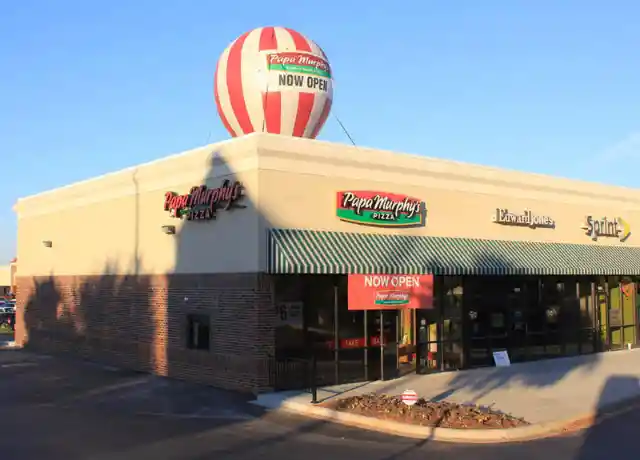
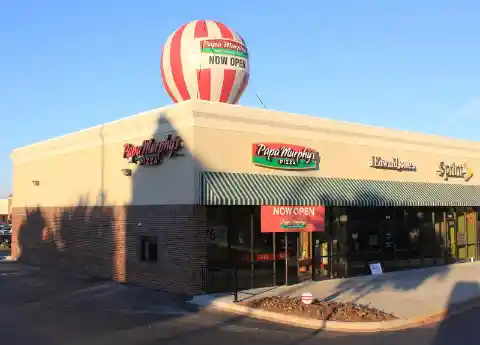
There have been reports of shops continuing to lock up for good in 2019 as well.
Once known for its pies and all-day breakfast offerings, Village Inn restaurants offer a bit of nostalgia to people such as Mark Stein, who shared this post on Instagram at @mark5280pix. In 2008, the eatery’s owner filed for bankruptcy.
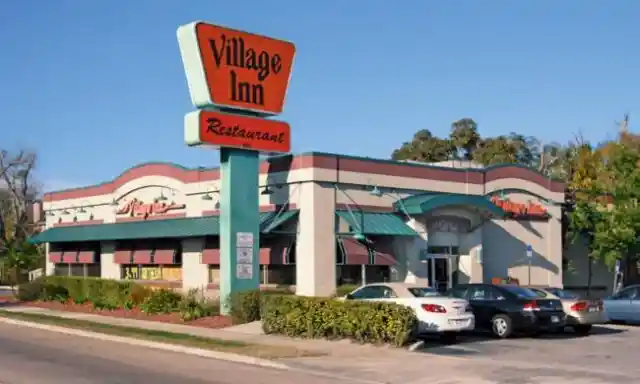
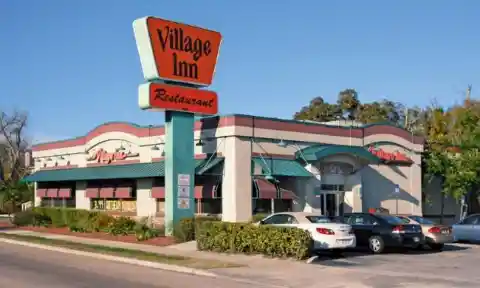
Although you can find the restaurants (many of which have been updated) in locations ranging from Alaska to Virginia, the company continues to close establishments in Tennessee, Utah, Iowa and elsewhere in 2019.
The first Pie Five Pizza Co. opened its doors in 2011 in Fort Worth, Texas. Since they opened, the restaurant chain has a strong presence in 24 states. Fans, like Cedric Williams, have who shared posts on Instagram talking about how much they love the offereings (@mrghms).
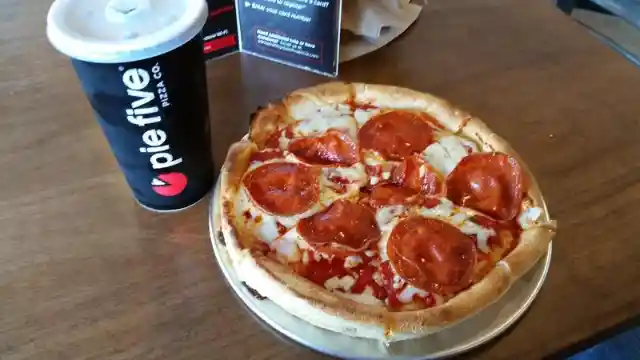

However, the restaurant chain has been struggling and has had a decline in sales. Since 2017, they have been forced to close more than 30 locations, including some in 2019. Pie Five has a plan though--retrench with a smaller delivery and takeout-based model. They're hopes are that racks up fewer startup expenses but we’ll see what happens!
Some hurdles are difficult to overcome. In late 2015 going into 2016, multiple Chipotle diners became ill from two separate E. coli outbreaks that affected the restaurants livelihood. Then in 2019, customers learned their personal credit card information might have been compromised (again). While the burrito spot is not going belly-up just yet, the chain is in the process of closing more than 50 locations in 2019.
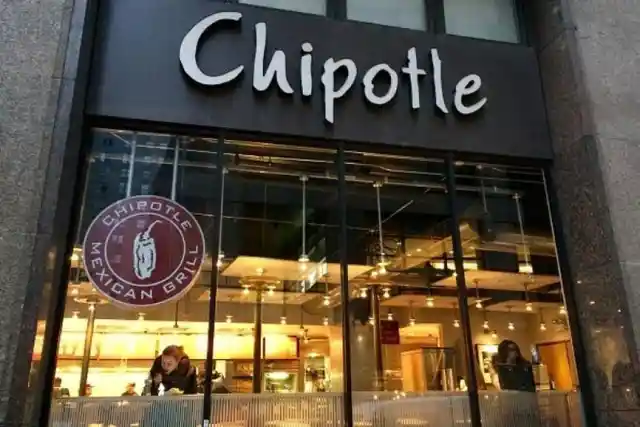
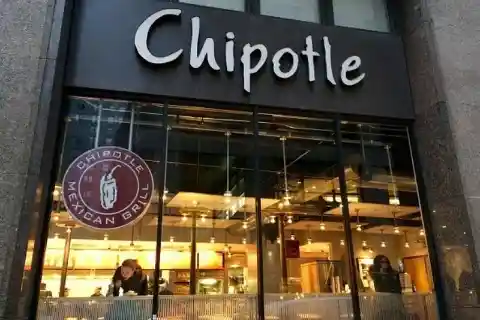
But there's good news! Chipotle also plans to open up over 100 new locations this year, too. This may be due to their first-quarter revenue numbers looking like they’ve increased from last year at this time. So if the burrito brand can weather the latest digital information storm, it may be able to make a full recovery.
Tim Horton's opened its first location in 1984 in Tonawanda, New York. The coffee and donut brand is a Canadian icon but has struggled to succeed in the United States. Although it's been successful in 14 countries, popularity in the U.S.
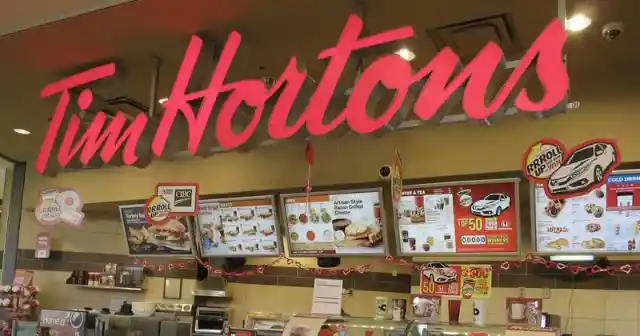

hasn't caught on. According to a Bloomberg report over the last several years the company has been closing locations, shutting down approximately 14% of its United States stores from 2015-2018. Unfortunately, the trend continues in 2019.
When Papa John's founder stepped down last year after using a racial slur, it's been struggling to keep customers. In 2018, sales declined by 7.3% .
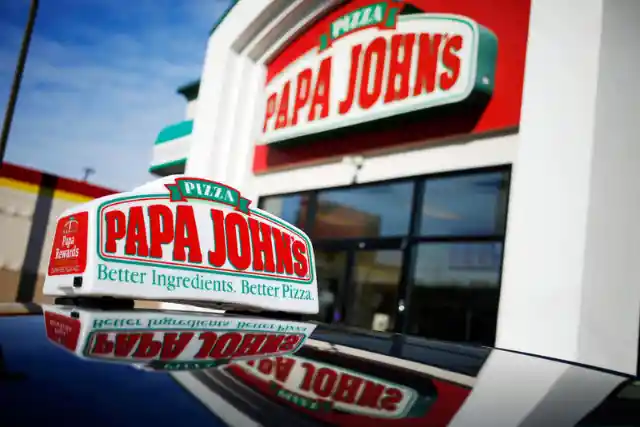
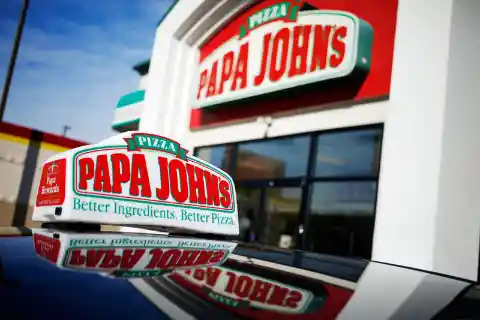
One analyst predicts that the brand may close as many as 250 restaurants this year if sales don't improve. Despite reports that Papa John's is doing its part to help franchises though reduced commissary prices and fees, some locations have already shut down.
Although this family restaurant has become a neighborhood name in Pennsylvania, Ohio, and West Virginia since 1949, it may be closing locations at the cost of success. John Bednar @yinzflipz says that Eat'n Park became known as the "place for smiles" because of menu items like Breakfast Smiles, Value Smiles, and smiley face cookies. Albeit the chain is doing really well, they may be forced to close stores.
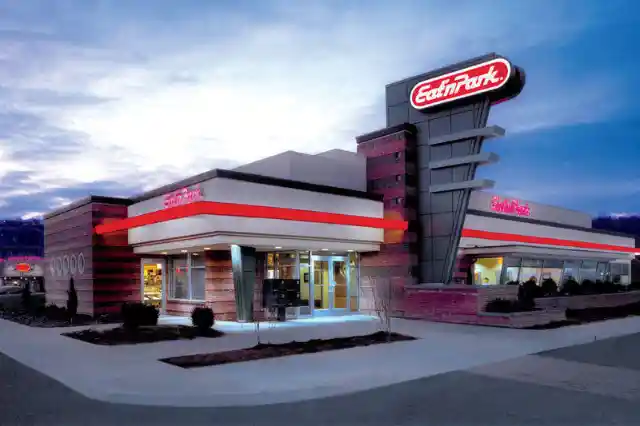
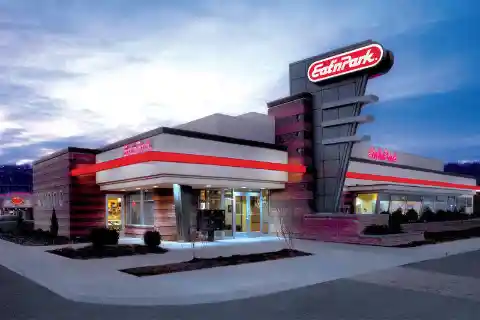
The Pittsburgh Post-Gazette reported last year that sales grew $2 million between 2014 and 2017. Because of this tremendous growth underperforming stores will be forced to close.
Pollo Tropical, known for its citrus-marinated, flame-grilled chicken, has become a popular restaurant in its hometown of Miami, as this Instagram post from user A. Richibson at @flameo11 says. However, that same love was lost when the brand tried to expand. In 2017, the company tried change management and announced to the public it would be split into two separate companies but that never happened.
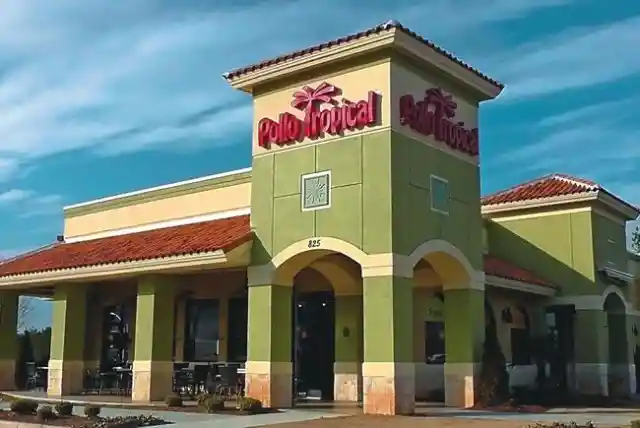
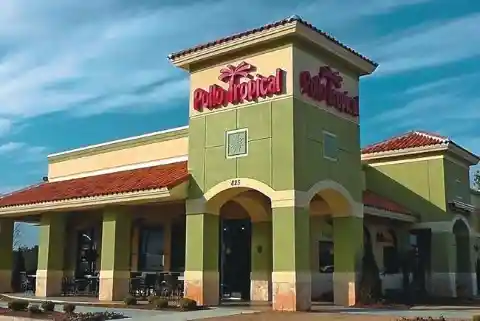
Then it halted its expansion into Texas, fired a CEO, and experienced a stream of multi-million-dollar losses. In October 2017, it went on to close an additional 10 restaurants. By December, the company announced it had also closed even more than 20 locations in 23 locations in Florida, Georgia and Texas. What else could go wrong?
The first Applebee’s restaurant opened in Atlanta, Georgia in 1980. Since then, the bar and grill has become a household name gaining in popularity for their wacky environment and tasty appetizers. Unfortunately, in recent years, the chain has struggled to maintain that popularity.
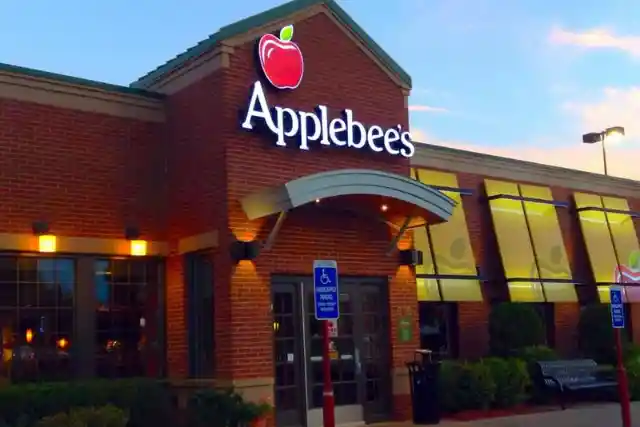
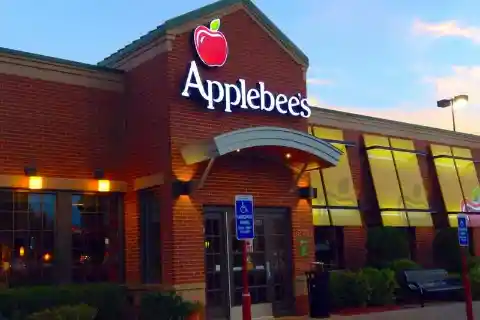
They closed hundreds of locations total between 2016 and 2018 and will continue to close restaurants in 2019. Some onlookers believe that their attempt to appeal to a younger demographic alienated their established customers while critics wonder if the chain will come out of 2019 alive.
When Potbelly Sandwich Shop first opened up in Chicago in 1977 they had no idea they would be able to franchise the restaurant and expand into multiple states and Canada. Unfortunately recently, the restaurant closed the last of its Toronto locations.
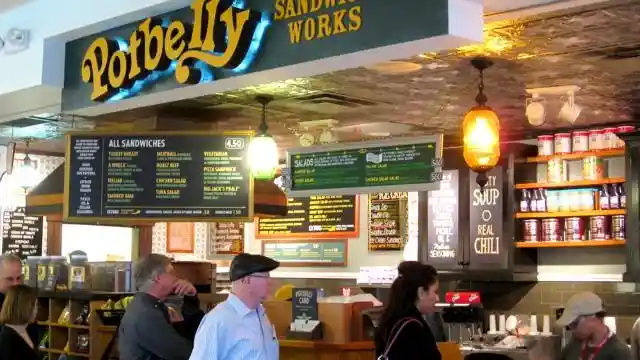
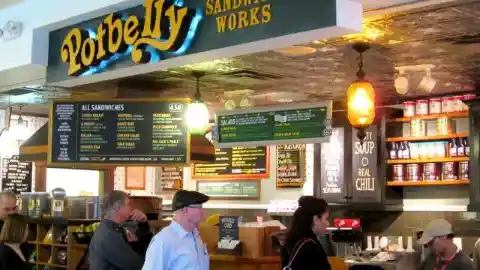
Because the sub shop has struggled financially for years, it has resulted in a slowdown in development and an even more recent, failed attempt at selling. No one's sure what to expect but the brand does say it is considering other closures of underperforming locations this year.
Luby's has closed so many locations over the years, it's hard to believe it was once a popular cafeteria chain serving comfort food in Missouri, Oklahoma, Texas and elsewhere. After selling off and closing multiple locations in 2018, the downturned trend seems to continue.
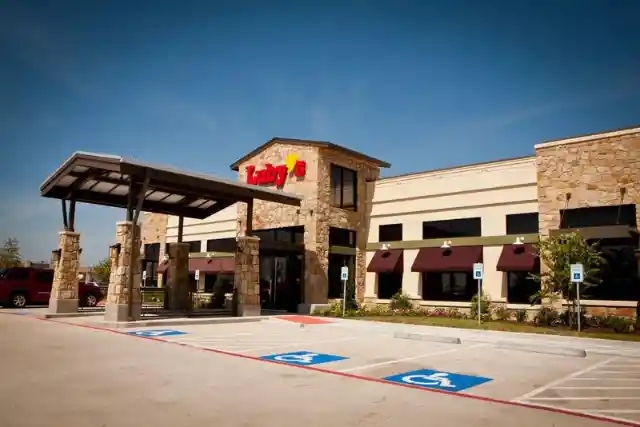
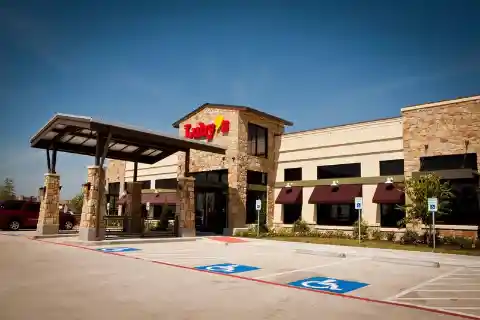
As of April 2019, Luby’s had closed almost 30 restaurants within the last year alone. The company has been planning to make a comeback by building brand awareness and adding breakfast options to the menu.
Ruby Tuesday has grown from a tiny campus restaurant that opened in 1972, to a well-known casual dining chain with bright ruby-colored signs. Even with the iconic imagery, the restaurant has been struggling recently, experiencing a falling in sales and closing 51 locations in 2018 after the 2016 purge of 95 sites.
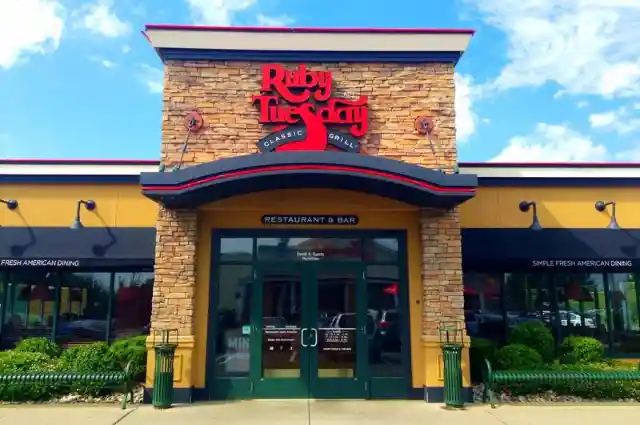
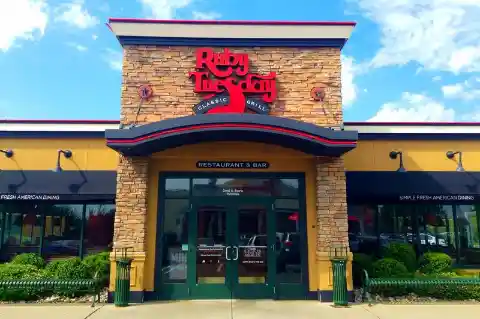
Beside the closures, it's also lost a CEO which may contribute to some of the uncertainty of the eatery. The company continues closing locations in 2019.
Friendly's has a history that goes back as far as the 1930's and is known for comfort food and ice cream. By the mid-’70s, the chain had 500 restaurants throughout the Mid-Atlantic and Northeastern United States. Despite the popularity, in 2019, the eatery closed its doors in 14 locations in five states--some in a less-than-friendly way. In fact, the company did some stores so grimy, U.S.
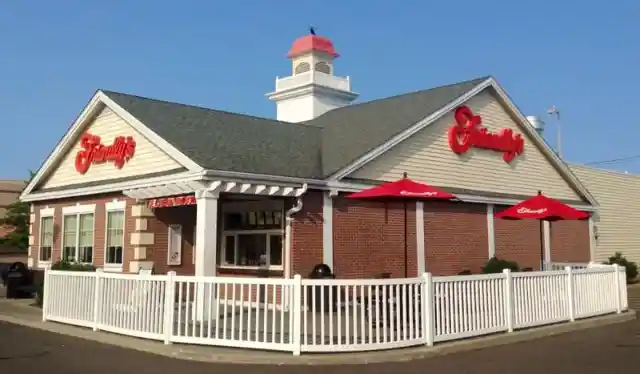
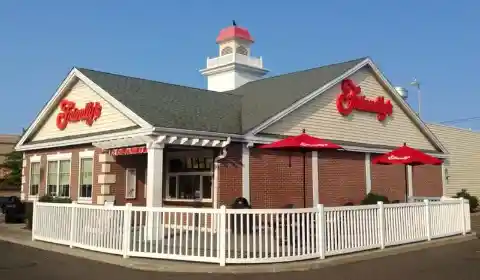
Senator Charles Schumer (D-NY) seeks to change laws so other companies are not allowed to do what Friendly’s did to their employees by closing without warning. The law is to make sure companies give employees more than a day in advance of notice of closures to give them a chance to secure other employment. Local station WWLP reports the chain has plans to focus on opening locations in high-traffic areas.